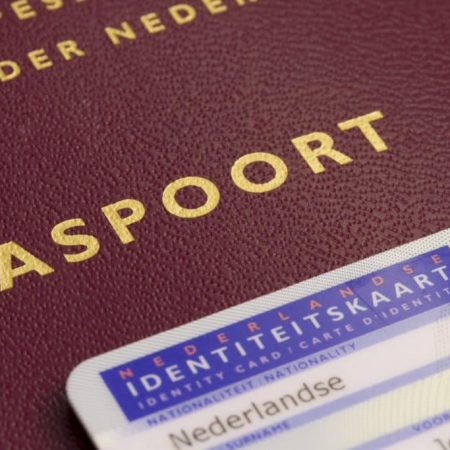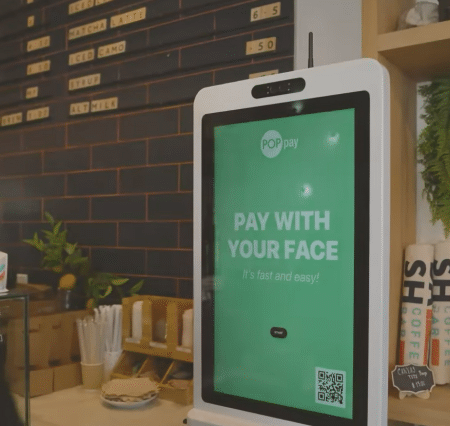How banks and retailers fight a rising tide of fraud with multimodal biometrics
By Brett Beranek, Vice President & General Manager, Security & Biometrics, Nuance Communications
In times of disruption, fraudsters see opportunity, and they quickly adapt their tactics to take advantage of new vulnerabilities. When the COVID-19 pandemic struck, for example, fraudsters pounced on the opportunity to ramp up their attacks.
The scale of the fraud problem is huge. The Federal Trade Commission received over 362,000 pandemic-related fraud reports between January 1, 2020, and November 20, 2022, with total reported losses of more than $952 million.
This rising tide of fraud is overwhelming many consumer-focused industries. While retailers saw a surge in digital commerce during the pandemic, it was accompanied by a surge in fraud on digital channels, including a 1,542 percent increase in shipping fraud between 2019 and 2021.
The financial services sector has recently seen just how fast fraudsters can adapt their tactics to take advantage of change. When the U.S. Government’s student loan debt forgiveness program was announced, it didn’t take long for fraudsters to launch debt relief scams. They quickly began large-scale fraud campaigns to convince borrowers to part with money (and account numbers and passwords) for non-existent debt relief services.
Those of us who work in the biometrics industry have a responsibility to protect consumers and take the fight to the criminals. And we still have a lot of work to do. Far too many people and organizations remain vulnerable thanks to a continuing reliance on unsecure knowledge-based authentication (KBA) processes.
It’s time to retire KBA
Passwords, PINs, and other personally identifiable information (PII) are constantly harvested by criminals and readily available to buy on the dark web. As a result, fraudsters can easily get all the information they need to bypass traditional KBA processes.
Many organizations, particularly in financial services, use two-factor authentication to increase security by sending a one-time password (OTP) to customers in a SMS message. But fraudsters use various tactics, including SIM swaps and porting scams, to redirect OTPs to a device they control or convince their victims to hand them over.
The truth is that only biometric security can help retailers, banks, and other organizations combat sophisticated fraud attacks that shift across customer engagement channels seeking out the path of least resistance.
Fight fraud with multimodal biometrics
Voice biometrics solutions are ideal for authenticating customers and identifying known fraudsters who call the contact center. The most advanced solutions use passive voice biometrics directly in the interactive voice response system (IVRs), or during a conversation with a live agent, to verify callers’ identities by comparing just a few seconds of their natural speech to a stored voiceprint.
One of the most exciting recent developments in biometric security is the emergence of conversational biometrics in live chat interactions. These solutions analyze how people use language, including their word choice, grammar, syntax, and even the emojis and acronyms they use. The AI then compares these conversation patterns to the patterns of legitimate customers and to those of known fraudsters or fraud scripts.
Layering these biometrics modalities with non-biometric factors such as environment detection and call forensics and feeding the outputs into an AI-powered risk engine, allows organizations to assess the risk of every interaction in real time.
The result is highly secure authentication that doesn’t rely on knowledge that’s easy for fraudsters to acquire (and easy for customers to forget). Voice and conversational biometrics also aren’t tied to a particular device, unlike technologies such as fingerprint scanning and facial recognition.
Less fraud, lower losses
Multimodal biometric security makes stolen KBA credentials and intercepted OTPs nearly useless to fraudsters—and delivers significant business benefits.
By making it extremely difficult for fraudsters to bypass authentication, organizations dramatically reduce their fraud losses, often by 90 percent or more. And as biometrics seal up security holes, fraudsters look elsewhere for an easier target, so the number of fraud attempts begins to shrink.
For fraud protection teams, it can be a revelation. Instead of chasing down false positives and dealing with alert fatigue, they can focus on investigating the cases that matter, while AI-powered systems stop most fraud before it happens.
Stay protected in the next wave of disruption
While change is inevitable in every industry, it doesn’t have to mean that a new door opens for fraudsters.
As retailers entered the peak sales period over the holiday season, fraud risks increased. Overstretched staff and systems can leave retailers vulnerable, with fraud teams looking for more needles in a bigger haystack and stressed agents becoming more susceptible to social engineering.
The financial services sector, meanwhile, is entering a period of prolonged economic uncertainty for consumers, which will create new opportunities for fraudsters to prey on people’s fears and take advantage of well-intentioned financial relief programs.
But with biometric authentication and intelligent fraud detection, organizations can future-proof their security and keep their customers and their business protected, come what may.
About the author
Brett Beranek is the Vice President & General Manager, Security & Biometrics, Nuance Communications.
DISCLAIMER: Biometric Update’s Industry Insights are submitted content. The views expressed in this post are that of the author, and don’t necessarily reflect the views of Biometric Update.







